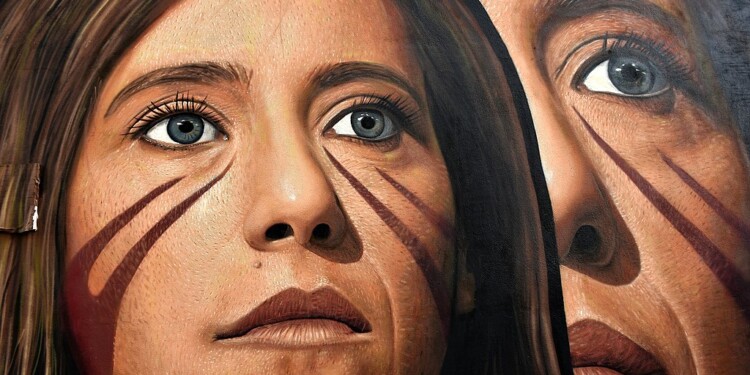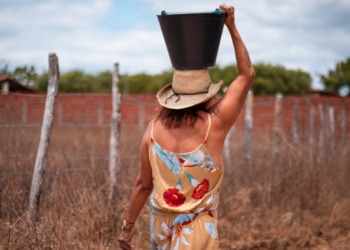On 15th October 2009, a young Italian accountant/surveyor (what is known here as a “geometra”) Stefano Cucchi, 31 years-old, was arrested for dealing hashish and cocaine. A week later, while in custody, he died. This case gained national relevance after his family shared images of the autopsy, in which Stefano’s body appeared severely beaten. He also appeared to have lost weight, possibly having also suffered malnutrition and hunger, as he weighed at the time of death only 37 kg (82 pounds).
The case remained prominent in national news as police officials protected one another for years by refusing to confess to the beating.
A turning point occurred in 2018 when Carabiniere Francesco Tedesco decided to become a witness and admitted having witnessed the beating. He claimed that other members of the “arma” (the carabinieri military group) threatened him, trying to discourage him from confessing.
For having lied for nine years about what had really happened, he was sentenced to two years and a half.
One of those involved in the evidence cover-up was Roberto Mandolini, the Appia carabinieri station commander. He falsified the arrest report and personally threatened Tedesco. For this, he has been sentenced to three years and eight months.
The two police officials who concretely carried out the beating are Alessio di Bernardo and Raffaele D’Alessandro. They have been sentenced to 12 years each on charges of unpremeditated homicide and abuse of authority.
Related Articles: Impact of a Murder: Addressing Police Brutality | Systematic Physical Abuse of Migrants by Croatian Police
Sky News reports the text of the prosecutor, which reads:
“The two struck Cucchi with slaps, fists and kicks, causing a ruinous fall, which, together with the omissive conduct of the medical staff who were treating Cucchi at the protected facility of the Sandro Pertini hospital, resulted in his death.”
Even if the details concerning Cucchi’s death changed during the different phases of the trial (in particular with regard to whether he was properly nourished), the core of what happened is precisely what is described above. Exactly what the photos released after the autopsy so vehemently showed.
Cucchi was beaten to death.
Police brutality and justice
The reason why the case gained international relevance is perhaps best explained by a recent comment from Cucchi’s sister, Ilaria: “Today… it was recognized that Stefano was killed. Which both I and all those who wanted to look into this story knew from the beginning. But it took ten years to recognize it in a courtroom”.
Legal proceedings take time. This, in part, is something desirable. There is probably no worse outcome than the condemnation of an innocent. However, one must also ponder whether waiting thirteen years to assess the result of a case such as this one is an acceptable time frame.
By the interest the case aroused in the public, the answer is probably no.
Cucchi’s tragedy inspired many cinematographic and broadcasting renderings. Among them, the most famous is probably the Netflix production “Sulla mia pelle” (On my skin).
The title exemplifies the core of what went wrong in the proceeding. A story like that of Stefano is one that communicates without having to speak. It’s one that is felt on one’s skin.
Perhaps watching the film is therefore the best way to understand what happened. The best way to decide if this is a case that takes thirteen years to be solved.
Convictions to Mandolino and Tedesco are not yet final.
All medical staff was acquitted due to prescription. Yes, the trial took too long…
Di Bernardo and D’alessandro will spend less time in prison than what Cucchi’s family spent trying to get to the truth.
Can we expect police brutality to be curbed in future with this kind of slow justice? Indeed, is that justice?
Editor’s Note: The opinions expressed here by Impakter.com columnists are their own, not those of Impakter.com. — In the Featured Photo: Murales in honor of Ilaria Cucchi’s perseverance in her pursuit of truth Featured Photo Credit: Wikimedia commons.









